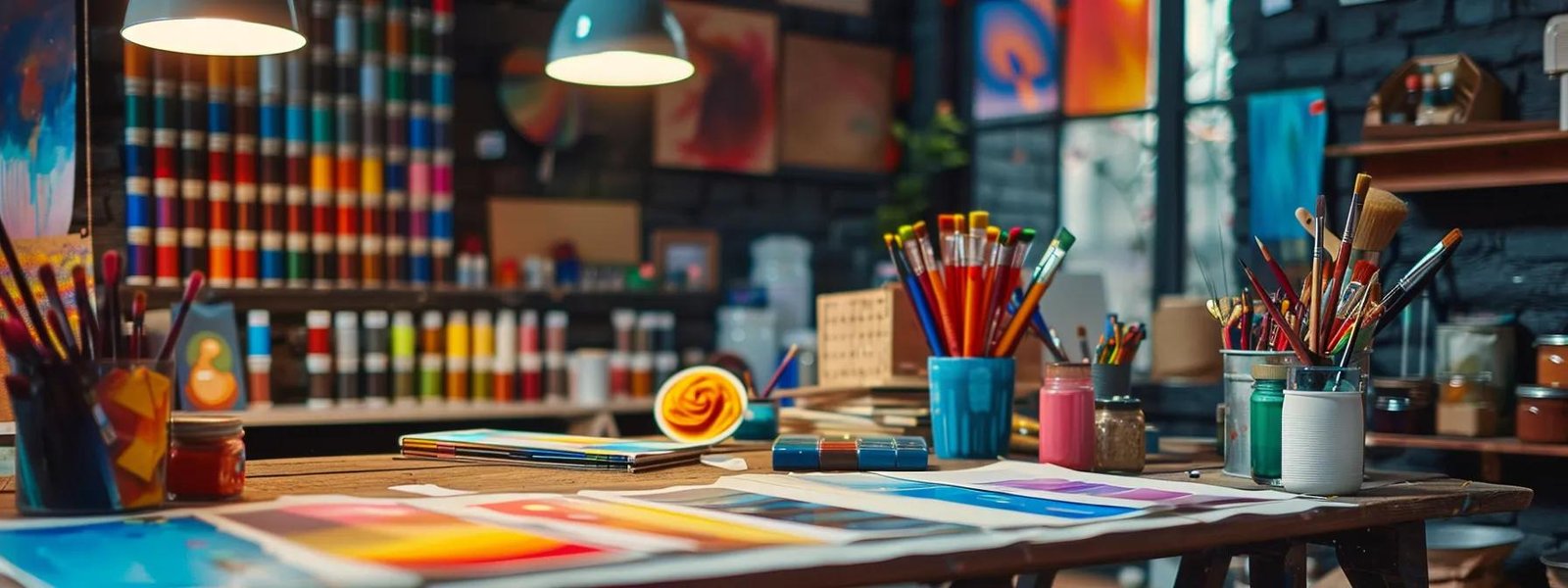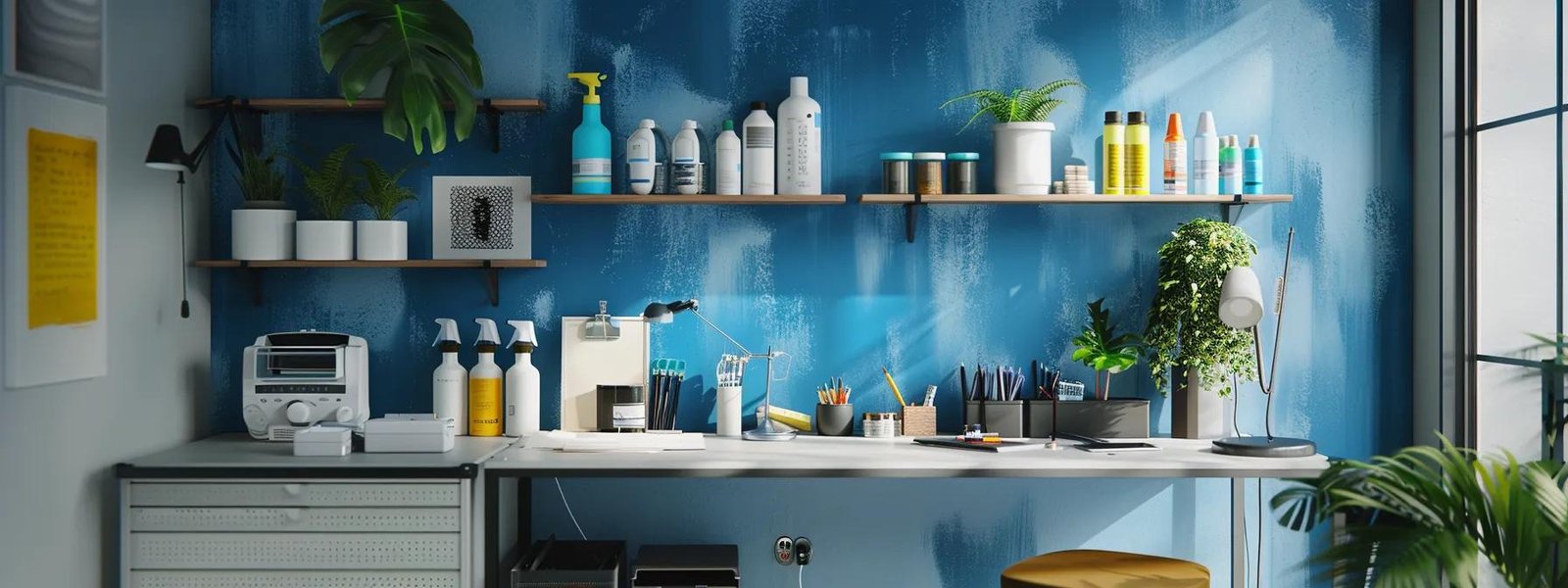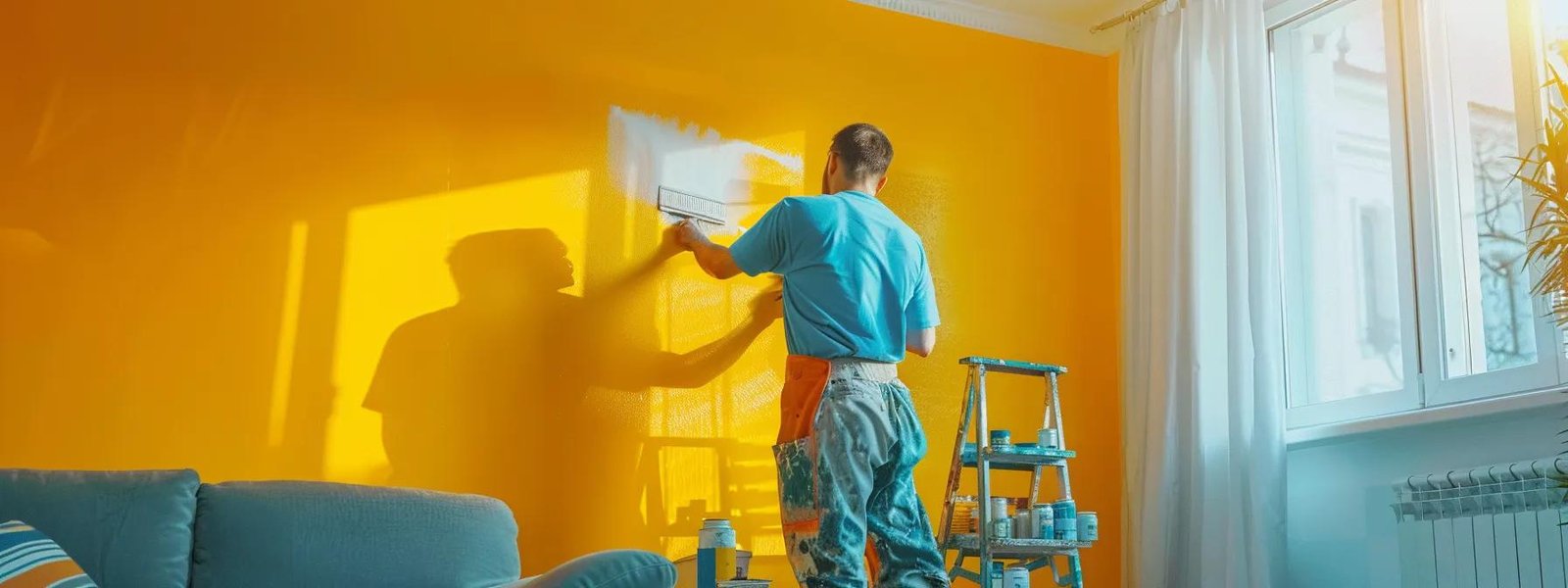Table Of Contents:
- Master DIY Interior Painting Tips for Stunning Results
- Essential DIY Interior Painting Preparation for a Flawless Finish
- Choosing the Perfect Paints and Colors for Your DIY Project
- Gathering the Right DIY Interior Painting Tools for Success
- Applying Paint Like a Pro DIY Interior Painting Techniques
- Avoiding Common DIY Interior Painting Pitfalls
- Post-Painting Cleanup and Care for Lasting DIY Results
- Frequently Asked Questions
- Final Thoughts
Master DIY Interior Painting Tips for Stunning Results
Interior painting can transform your home by refreshing your walls and creating an inviting atmosphere. many homeowners often wonder what happens if you don t paint your house, especially when considering the benefits of a renewed interior finish. With proper surface preparation, the right tools, and efficient techniques, you can achieve a professional finish. This article outlines essential steps to prepare surfaces, select paints and colors, choose tools, apply painting techniques, avoid common errors, and complete cleanup for lasting results.
Essential DIY Interior Painting Preparation for a Flawless Finish
Before you begin, thorough preparation is key. Cleaning, repairing, and protecting your space ensures the new finish adheres properly and looks even.
Thoroughly Clean All Surfaces Before Painting
Remove dust, grease, and dirt from walls with appropriate cleaning solutions. This step boosts paint adhesion and prevents flaking or bubbles. Regular cleaning with mild detergents or specialized cleaners maintains a smooth base.
Repair Wall Imperfections for a Smooth Canvas
Inspect walls for cracks, holes, or dents and repair them using putty or joint compound. Sand patched areas until smooth to reduce visible blemishes and create a uniform surface for a professional finish.
Protect Floors and Furniture With Drop Cloths
Cover floors and furniture with drop cloths or plastic sheeting to shield against spills and splatters. Secure heavy items to prevent bumps, making cleanup easier and keeping your workspace damage-free.
Properly Tape Edges for Crisp Paint Lines
Use high-quality painter’s tape along borders, baseboards, and window frames to create sharp, precise lines. Removing the tape shortly after painting, while the paint is still slightly damp, helps maintain crisp edges.
Select and Apply the Right Primer for Your Walls
Apply a primer specific to your wall type—whether drywall, plaster, or wood—to ensure even paint adhesion and effective coverage of previous colors or stains. A correct primer application enhances durability and vibrancy of the final coat.
Choosing the Perfect Paints and Colors for Your DIY Project

Selecting the right paints and colors helps establish the room’s mood and style. Consider both the type of paint and its reflective properties for the best overall impact.
Understand Different Paint Types and Sheens
Latex and oil-based paints each offer unique benefits. Matte finishes conceal surface imperfections, while satin or semi-gloss options are easier to clean and more reflective. Knowing these differences supports a more informed choice for each room.
Consider Room Lighting and Size When Selecting Colors
Natural lighting affects how paint appears. Lighter hues can make small rooms feel larger, while darker tones add coziness to bigger spaces. Evaluate your room’s lighting to choose colors that enhance the ambience and spatial perception.
Test Paint Colors on Walls Before Committing
Apply a small sample of paint to a section of your wall and observe it under different lighting conditions. This testing step helps ensure the chosen color works harmoniously with your space.
Coordinate Colors for a Harmonious Home Palette
A cohesive color palette creates a unified look throughout your home. Combine accent walls with complementary hues and consider incorporating natural elements like wood or stone for added texture and interest.
Factor in Existing Furniture and Decor
Ensure that wall colors complement your furniture and decor. Harmonizing these elements can seamlessly tie together the room’s overall design.
Gathering the Right DIY Interior Painting Tools for Success
Using proper tools improves efficiency and contributes to a smoother, more even finish.
Invest in High-Quality Brushes for Smooth Application
Choose professional-grade brushes to minimize streaks and lap marks. Quality bristles distribute paint evenly and simplify cleaning for a refined wall finish.
Select Appropriate Rollers and Extension Poles
Rollers allow for rapid, uniform coverage. Match the roller nap length to your wall texture to ensure proper paint absorption. Extension poles help reach high areas without excessive stretching or ladder use.
Utilize Paint Trays and Liners for Efficiency
Sturdy paint trays with disposable liners simplify transferring paint onto rollers, speeding up the process while reducing waste and cleanup time.
Employ Painter’s Tape for Sharp, Clean Edges
High-quality painter’s tape is essential for neat edges around windows, door frames, and baseboards. Its proper application prevents paint bleed and maintains a professional appearance.
Use Sandpaper and Sanding Blocks for Surface Prep
Sanding walls before priming or painting removes imperfections and creates an ideal surface for adhesion. This routine helps prevent peeling or flaking later while enhancing durability.
Applying Paint Like a Pro DIY Interior Painting Techniques

Effective techniques are essential for achieving a seamless finish.
Master Cutting-in Techniques for Neat Edges
Cutting in with a small brush around trim, corners, and edges before using a roller creates smooth, professional borders and minimizes later touch-ups.
Employ Proper Rolling Methods for Even Coverage
Apply paint with overlapping strokes and steady pressure, rolling from the center outward. This method avoids buildup and minimizes lap marks or uneven textures.
Maintain a Wet Edge to Avoid Lap Marks
Work continuously with a wet edge so that freshly painted areas blend seamlessly. This technique reduces visible lines and the need for extra coats.
Apply Multiple Thin Coats for Best Results
Use several thin layers instead of one thick coat to boost drying and adhesion. This approach minimizes drips and ensures each layer bonds properly, enhancing overall durability.
Follow Correct Drying Times Between Coats
Adhere to manufacturer drying instructions to guarantee proper adhesion between layers. Allowing sufficient drying time improves the finish’s texture and longevity.
Avoiding Common DIY Interior Painting Pitfalls
Being aware of common mistakes can help you avoid a frustrating painting project.
Prevent Drips and Splatters With Careful Work
Use controlled, deliberate strokes and avoid overloading your brush or roller with paint. Taking your time during application reduces both cleanup and the need for touch-ups.
Address Uneven Texture and Brush Marks
If uneven textures or brush marks appear, lightly sand between coats to achieve a uniform, mirror-like finish. Regularly check your work to quickly address any inconsistencies.
Ensure Paint Adhesion by Avoiding Contaminants
Keep surfaces free from dust, grease, and moisture to prevent peeling or blistering. A well-cleaned surface is critical for long-lasting, high-quality paint adhesion.
Steer Clear of Using Low-Quality Paint and Tools
While budget-friendly options may seem attractive, inferior products can lead to unsatisfactory finishes and extra touch-ups, costing more time and money in the long run.
Properly Remove Painter’s Tape for Clean Lines
Remove painter’s tape while the paint is slightly wet to avoid peeling. This ensures crisp lines and maintains a professional, detailed finish.
Post-Painting Cleanup and Care for Lasting DIY Results

Proper cleanup and post-painting care help preserve your fresh finish over time.
Clean Brushes and Rollers Thoroughly After Use
Immediately clean brushes, rollers, and trays with warm, soapy water (for latex) or the proper solvent (for oil-based paints). This maintenance extends tool life and prevents dried-on paint from affecting future projects.
Dispose of Paint and Materials Responsibly
Follow local guidelines for disposing of leftover paint and contaminated materials. Recycling or donating unopened paint helps reduce waste and protects the environment.
Allow Adequate Curing Time for Freshly Painted Surfaces
Even when dry to touch, paint requires time to cure fully. Avoid heavy cleaning or placing objects against the walls until curing is complete to maintain durability.
Perform Touch-Ups as Needed for Maintenance
Inspect molded surfaces periodically for signs of wear. Prompt touch-ups ensure your walls continue to look fresh and extend the lifespan of your paint job.
Store Leftover Paint Correctly for Future Use
Seal paint cans tightly and store them in a cool, dry location. Label the cans with the date and room, making future touch-ups straightforward and reducing waste.
Frequently Asked Questions
Q: How do I start cleaning surfaces before painting?
A: Dust and clean walls with a mild detergent solution to remove dirt and grease, ensuring proper adhesion.
Q: What type of primer should I use?
A: Use a primer designed for your wall type—drywall or wood—to achieve even adhesion and coverage.
Q: How can I prevent drips during painting?
A: Use controlled amounts of paint on your brush or roller and apply thin, even coats to minimize drips.
Q: How long should I wait between coats?
A: Follow the manufacturer’s drying instructions, typically waiting two to four hours between thin coats.
Q: What’s the best technique for cleaning up paint tools?
A: Immediately clean brushes and rollers using warm, soapy water (for latex) or the appropriate solvent (for oil-based paints).
Final Thoughts
Interior painting demands planning, precision, and thorough cleanup to achieve a flawless finish. By preparing surfaces properly, selecting the right tools and colors, and applying professional painting techniques, you ensure beautiful, lasting results. Allow adequate drying times and perform regular maintenance to keep your walls looking fresh. With these actionable tips, you can confidently tackle your DIY interior painting project and enjoy a transformed living space.


